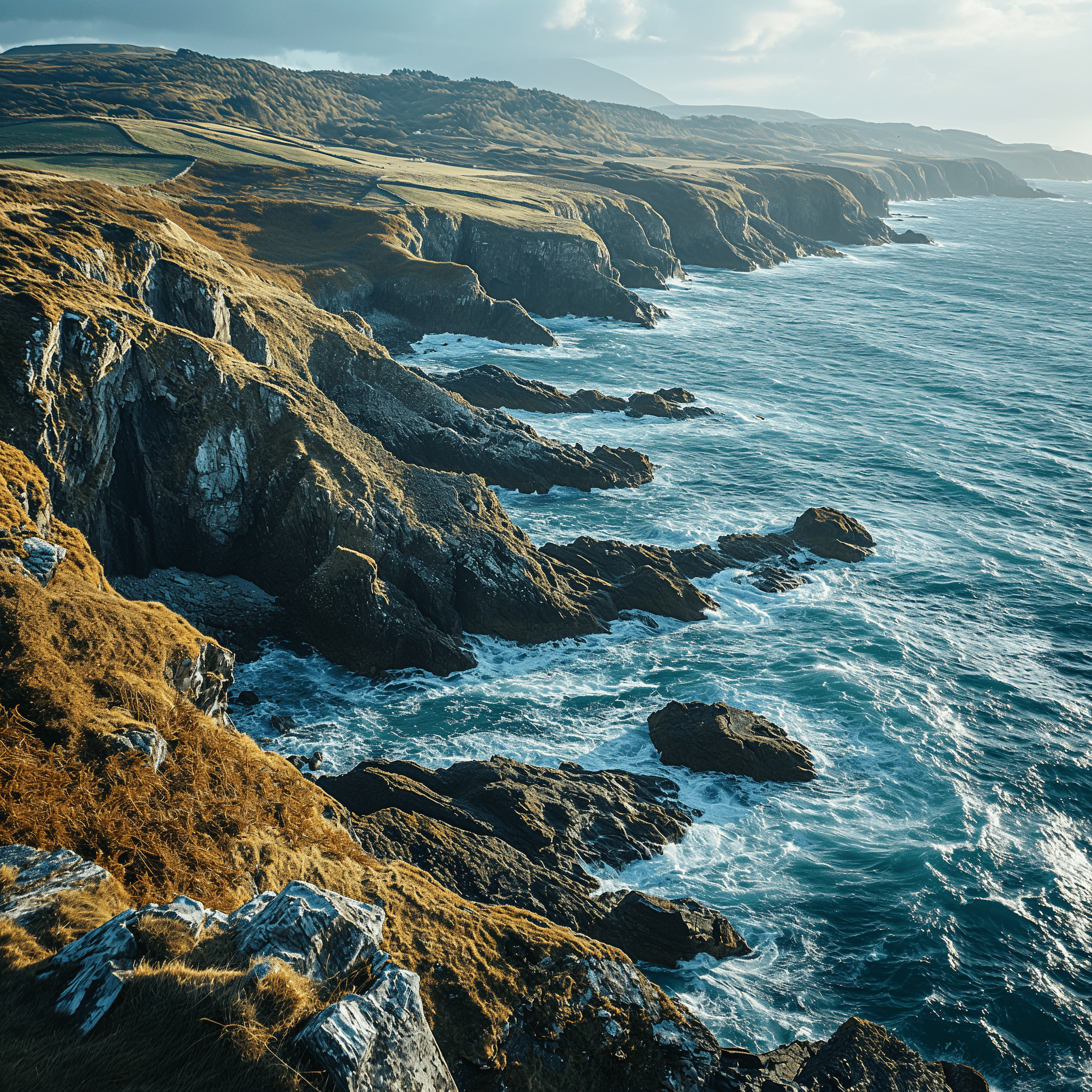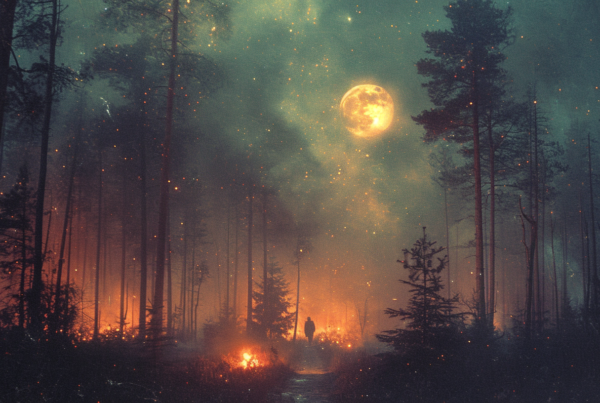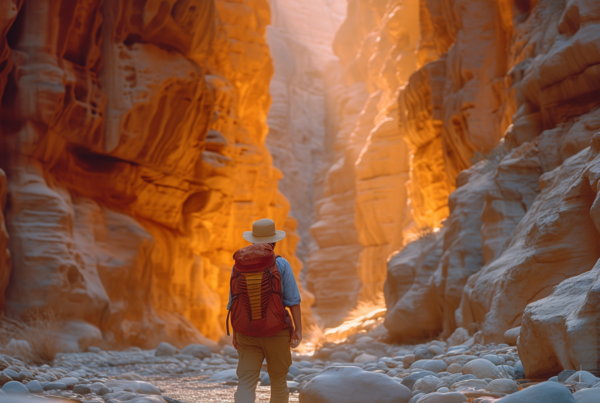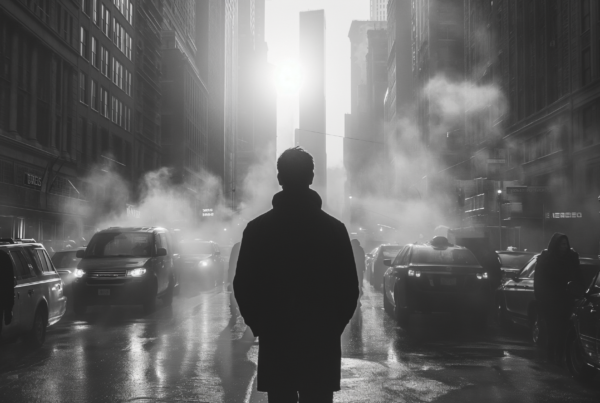The artistry in photography often lies in the subtleties of angles and shots, which when altered, can dramatically change the narrative of an image. In the world of AI, the ability to simulate different camera angles and shot types opens a gateway to a new realm of storytelling. Through precise algorithms and smart computations, AI can mimic the eye of a photographer to create diverse perspectives that tell a myriad of stories. As we step into the digital realm of AI photography, let’s delve into how various angles and shots can be simulated and the impact they have on the storytelling aspect of generated images.
Angles: The Perspective of Storytelling
- Low and High Angles:
- Low angles can create a sense of grandeur or intimidation, while high angles often diminish the subject, rendering them vulnerable or insignificant. AI’s ability to simulate these angles provides a tool for storytelling, setting the mood or emphasizing certain elements within the narrative.
- Side and Angular Views:
- Side angles bring a profile view which could depict contemplation or side narratives, while angular views can add dynamism or tension to the scene. Through AI, these perspectives can be accurately replicated, enriching the visual storytelling canvas.
- Bird’s Eye and Worm’s Eye Views:
- The bird’s eye view offers an omniscient perspective, while the worm’s eye view provides a grounded or an inferior perspective. AI’s capacity to simulate these extreme angles can evoke a variety of emotions and narratives.
Shot Types: The Framing of Narrative
- Close-up and Extreme Close-up Shots:
- These shots are intimate, bringing the viewer into a close relationship with the subject. AI can meticulously generate these shots, capturing the nuanced expressions and emotions, thereby driving the narrative.
- Medium and Long Shots:
- Medium shots provide a balanced view, while long shots establish the scene. AI’s ability to create these shot types helps in setting the context and the environment in which the narrative unfolds.
- Full Shot:
- Full shots encapsulate the subject in their entirety, often used for action or to showcase the subject’s interaction with the environment. AI can generate full shots that provide a complete narrative frame, making the story more engaging and relatable.
Interplay of Angles and Shots:
- Combining Perspectives:
- The amalgamation of different angles and shots can create a rich tapestry of narratives. AI, with its ability to simulate a plethora of combinations, provides a fertile ground for storytelling.
- Innovative Framing:
- AI can go beyond traditional framing, offering innovative angles and shots that might be challenging in traditional photography. This paves the way for avant-garde storytelling, pushing the boundaries of visual narrative.
Reflecting Reality through AI:
- Realism and Surrealism:
- Through accurate simulation of angles and shots, AI can either mirror reality or delve into surrealism. The choice of angle and shot can significantly impact the realism of the generated images, making the narrative more believable or fantastical.
- Exploration and Discovery:
- The ability to experiment with different angles and shots using AI is an expedition in itself. It’s a journey of discovery, finding new perspectives that tell engaging and evocative stories.
The simulation of various angles and shots through AI is not merely a technical endeavor, but a journey into the heart of storytelling. Each angle and shot type carries with it a narrative weight, shaping the story that unfolds within the frame. As AI continues to evolve, the horizon of visual storytelling expands, offering a glimpse into a future where narratives are not just captured but crafted with the precision and imagination of the digital lens.





